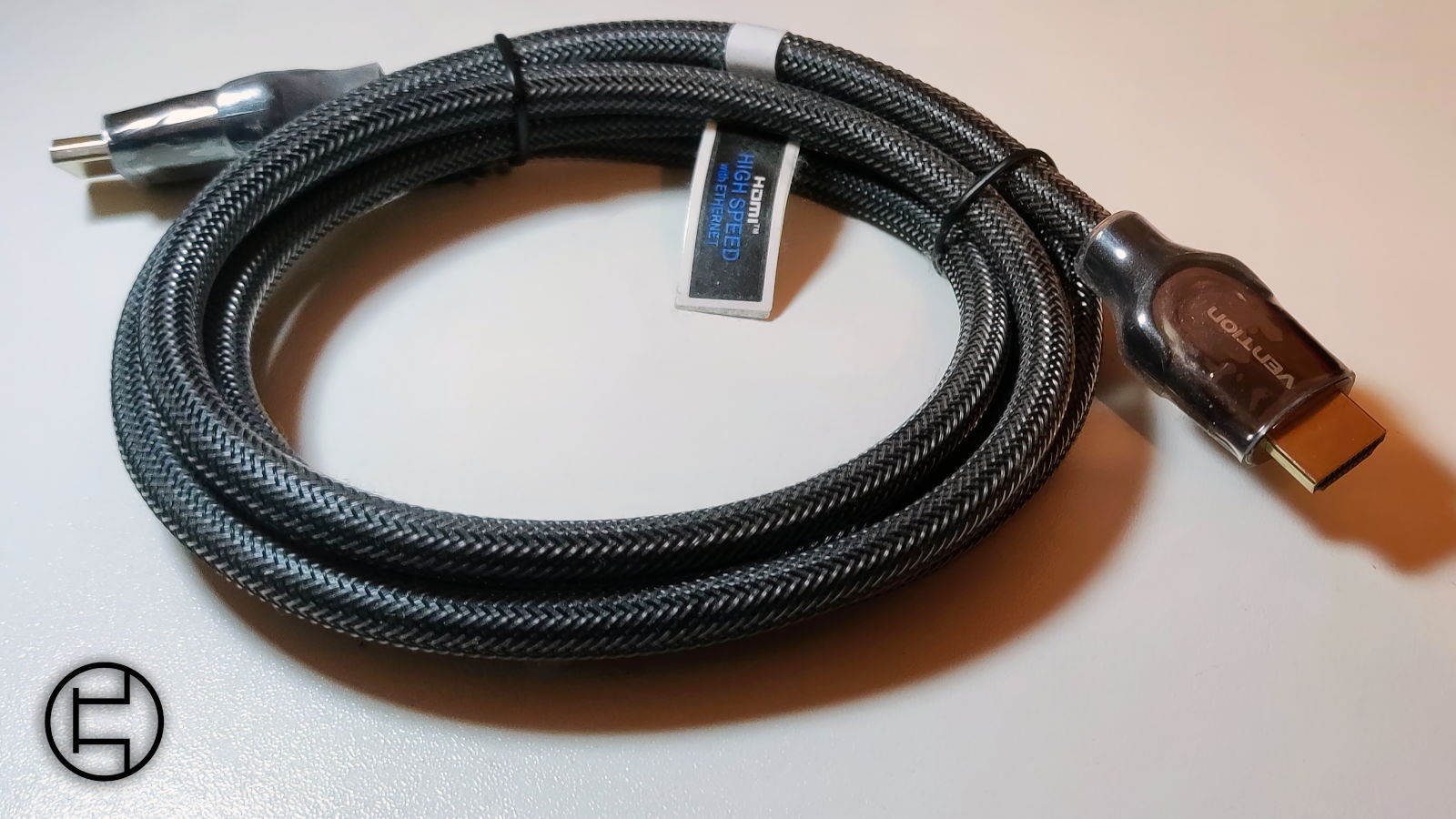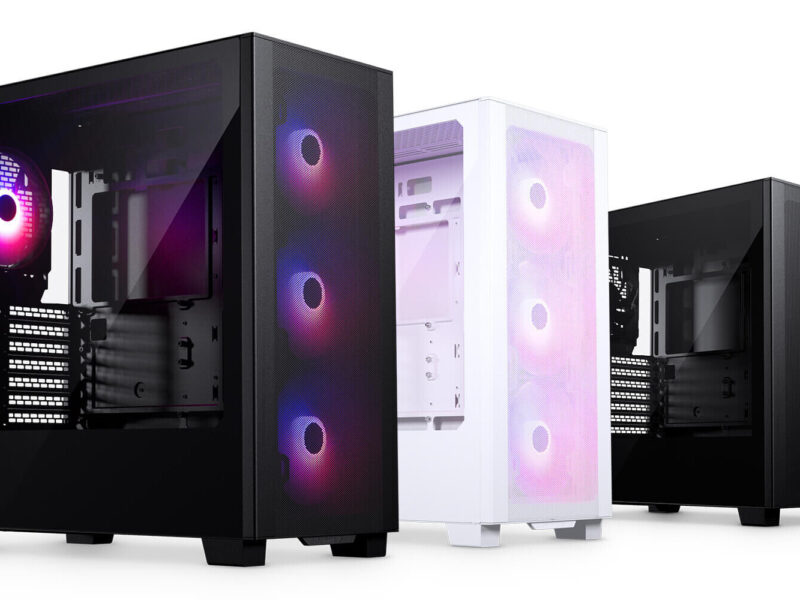Recently, reports from TFTcentral, showed a big change in the naming and specs of already existing HDMI names. From completely deleting HDMI 2.0, to adding the specs of said HDMI to HDMI 2.1. Which worried many people as to where marketing for displays will go.
As a brief introduction, HDMI 2.1 is the latest standard GPUs, consoles and displays use. It signifies different resolutions, refresh rates, features, etc. With this standard being heavily marketed by companies in their products. However, the requirements for this certification have recently changed.
Originally, it was thought HDMI 2.1 required certain features not found on previous versions:
- Higher bandwidth (48Gbps at least)
- Variable Refresh Rate (VRR)
- Automatic Low Latency Connections (ALLM)
- Fixed Rate Link (FRL)
- Dynamic HDR
- Among others…
However, according to TFTcentral’s report, all these specifications have been always completely optional, and can be missing from the product entirely. The main example used was the Xiaomi Fast LCD Monitor 24.5-inch 240Hz version, which listed HDMI 2.1 certification, despite not counting with the necessary requirements.

Troublesome enough, the specs match HDMI 2.0 instead of 2.1. But Xiaomi can list HDMI 2.1 and get out scot free. This is because of the changes that HDMI made to the certification. TFTcentral talked to a “HDMI Licensing Administrator”, with the answer back according to them being:
- HDMI 2.0 no longer exists, and devices should not claim compliance to v2.0 as it is not referenced any more
- The features of HDMI 2.0 are now a sub-set of 2.1
- All the new capabilities and features associated with HDMI 2.1 are optional (this includes FRL, the higher bandwidths, VRR, ALLM and everything else)
- If a device claims compliance to 2.1 then they need to also state which features the device supports so there is “no confusion”
This means all devices with HDMI 2.0 are now listed under 2.1 instead, despite not complying with the “requirements”. This is concerning since TV manufacturers can list HDMI 2.1 despite not being as such spec-wise. It’s very recommended that when you buy a display, you look at the specifications and features instead of HDMI type.


